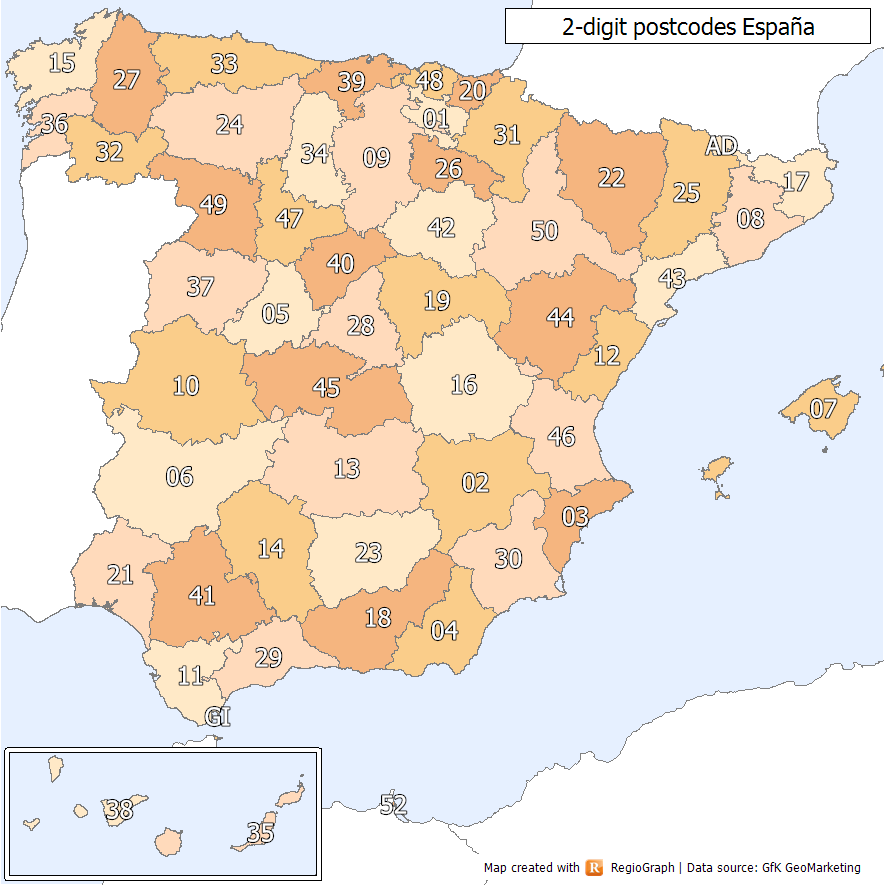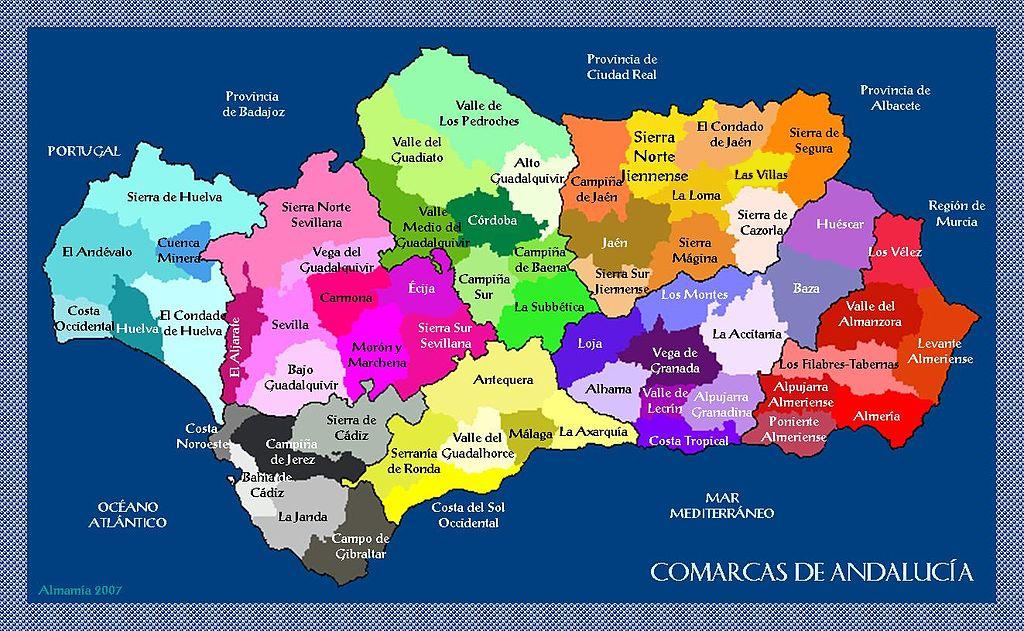|
Aberásturi
Aberásturi (, ) is a hamlet and '' concejo'' located in the municipality of Vitoria-Gasteiz, in Álava province, Basque Country, Spain. It is located in the eastern part of the municipality, some from the city center, along the Ertekaberri river at the foot of a mountain and on a hillside. History After the Cuadrilla de Añana separated from the Cuadrilla de Vitoria in 1840, Aberásturi remained within Vitoria. The village had previously belonged to the now extinct municipality of Elorriaga, which was absorbed by the municipality of Vitoria around 1870. Demographics In 1960, Aberásturi had a population of 242. This figured halved by 2000, and has remained stable since then. Heritage The Catholic parish church is under the patronage of Saint Stephen. It has a neoclassical portico designed by Justo Antonio de Olaguibel Justo Antonio de Olaguibel (7 August 1752—11 February 1818) was a Spanish architect from Vitoria-Gasteiz, Vitoria. Olaguibel was one of the most import ... [...More Info...] [...Related Items...] OR: [Wikipedia] [Google] [Baidu] |
Vitoria-Gasteiz
Vitoria-Gasteiz (; ; also historically spelled Vittoria in English) is the seat of government and the capital city of the Basque Country (autonomous community), Basque Country and of the provinces of Spain, province of Álava in northern Spain. It holds the autonomous community's Basque Parliament, House of Parliament, the headquarters of the Government, and the Lehendakari, Lehendakari's (Prime Minister's) official residency. The municipality—which comprises not only the city but also the mainly agricultural lands of 63 villages around—is the largest in the Basque Country, with a total area of , and it has a population of 261,494 (January 2025). The dwellers of Vitoria-Gasteiz are called ''vitorianos'' or ''gasteiztarrak'', while traditionally they are dubbed ''babazorros'' (Basque language, Basque for 'bean sacks'). Vitoria-Gasteiz is a dynamic city with strengths in healthcare, aeronautics, the automotive industry, and viticulture. It is the first Spanish municipality to be ... [...More Info...] [...Related Items...] OR: [Wikipedia] [Google] [Baidu] |
Concejo (Álava)
The ''concejos'' (, ) are a type of sub-municipal administrative unit in the province of Álava, Basque Country (autonomous community), Basque Country, Spain. Within the Spanish legal framework, the general name for such sub-municipal units is minor local entity (formally in also known by their acronym ). The existence of ''concejos'' in Álava is documented since the 13th century. Their current status dates from 1984, when a law providing for elections to the ''concejos'' was passed; and from 1995, when their juridical status was clarified. See also * Local government in Spain Notes References External links ACOA-AKE * {{BasqueCountry-geo-stub Local government in Spain Álava Concejos in Álava, Basque politics __NOTOC__ ... [...More Info...] [...Related Items...] OR: [Wikipedia] [Google] [Baidu] |
Instituto Nacional De Estadística (España)
The (INE; ) is the official government agency in Spain that collects statistics about demography, the economy, and Spanish society. It is an autonomous organization responsible for overall coordination of statistical services of the General State Administration in monitoring, control and supervision of technical procedures. Every 10 years, the institute conducts a national census. History First agency and evolution The oldest statistics agency of Spain and the predecessor of the current agency was the General Statistics Commission of the Kingdom, created on 3 November 1856 during the reign of Isabella II. The so-then Prime Minister Narváez approved a decree creating this body and ordering that people with recognized ability in this matter were part of it. On 1 May 1861 the Commission changed its name to General Statistics Board and their first work was to do a population census. By a decree of 12 September 1870 Prime Minister Serrano created the Geographic Institute and in ... [...More Info...] [...Related Items...] OR: [Wikipedia] [Google] [Baidu] |
Auñamendi Encyclopedia
The Auñamendi Encyclopedia is the largest encyclopedia of Basque Basque may refer to: * Basques, an ethnic group of Spain and France * Basque language, their language Places * Basque Country (greater region), the homeland of the Basque people with parts in both Spain and France * Basque Country (autonomous co ... culture and society, with 120,000 articles and more than 67,000 images. Founded in 1958 by the Estornés Lasa brothers, Bernardo and Mariano. He began publishing in 1969 with the help of the Auñamendi publishing house. Since 1996, Eusko Ikaskuntza has taken over the task of digitizing, cataloging and putting it on the network. The new encyclopedia is based on the Auñamendi encyclopedia by Bernardo Estornés Lasa, which began in 1933 and whose first and last volumes were released in 1960 and 2008 respectively. There were 58 volumes. The contents of the Auñamendi Encyclopedia are generated by a large group of specialists in different subjects who guarantee the leve ... [...More Info...] [...Related Items...] OR: [Wikipedia] [Google] [Baidu] |
Elorriaga (Vitoria)
Elorriaga (, ) is a hamlet and '' concejo'' located in the municipality of Vitoria-Gasteiz, in Álava province, Basque Country, Spain Spain, or the Kingdom of Spain, is a country in Southern Europe, Southern and Western Europe with territories in North Africa. Featuring the Punta de Tarifa, southernmost point of continental Europe, it is the largest country in Southern Eur .... References External links * Concejos in Vitoria-Gasteiz {{BasqueCountry-geo-stub ... [...More Info...] [...Related Items...] OR: [Wikipedia] [Google] [Baidu] |
Cuadrilla De Añana
The Cuadrilla de Añana () is one of the seven cuadrillas ( comarcas or regions) of the province of Álava. The capital lies at Rivabellosa in the municipality of Ribera Baja but the most populated place is the village of Nanclares de la Oca in the municipality of Iruña de Oca. References External links * {{DEFAULTSORT:Cuadrilla de Anana Comarcas of Álava ... [...More Info...] [...Related Items...] OR: [Wikipedia] [Google] [Baidu] |
Euskaltzaindia
Euskaltzaindia (; often translated Royal Academy of the Basque Language) is the official academic language regulatory institution which watches over the Basque language. It conducts research, seeks to protect the language, and establishes standards of use. It is known in Spanish as ''La Real Academia de la Lengua Vasca'' (being under the royal patronage of the Spanish monarchy, like the Real Academia Española) and in French as ''Académie de la Langue Basque''. Creation The Euskaltzaindia was established within the context of the Basque Renaissance (''Eusko Pizkundea'', 1876–1936) in the framework provided by the Congress of Basque Studies held in Oñati in 1918, at a time when the Basque language was being proclaimed as a central cultural value to be protected and promoted. Important figures from the 19th century had already demanded the setting-up of an academy in defence of the language (Ulibarri, 1832; Aizkibel, 1856; d'Abbadie and Duvoisin, 1862; Jose Manterola, 188 ... [...More Info...] [...Related Items...] OR: [Wikipedia] [Google] [Baidu] |
List Of Postal Codes In Spain
Spanish postal codes were introduced on 1 July 1984, when the introduced automated mail sorting. They consist of five numerical digits, where the first two digits, ranging 01 to 52, correspond either to one of the 50 provinces of Spain or to one of the two autonomous cities on the African coast. Two-digit prefixes The first two digits of a Spanish postal code identify the province or autonomous city it belongs to. The numbers were assigned to the 50 provinces of Spain ordered alphabetically at the time of implementation. The official names of some of the provinces have since changed, either to the regional language version of the name (e.g. from the Spanish to the Basque ) or to adopt the name of the autonomous community instead of the provincial capital (e.g. Santander to Cantabria). In these cases, the originally assigned code has been maintained, resulting in some exceptions to the alphabetical order. In addition, Ceuta and Melilla were originally included within the ... [...More Info...] [...Related Items...] OR: [Wikipedia] [Google] [Baidu] |
Municipalities Of Spain
The municipality (, , , , , )In other languages of Spain: *Catalan language, Catalan/Valencian (), grammatical number, sing. . *Galician language, Galician () or (), grammatical number, sing. /. *Basque language, Basque (), grammatical number, sing. . *Asturian language, Asturian (), grammatical number, sing. . is one of the two fundamental territorial divisions in Spain, the other being the Provinces of Spain, provinces. Organisation Although provinces of Spain, provinces are groupings of municipality, municipalities, there is no implied hierarchy or primacy of one over the other. Instead the two entities are defined according to the authority or jurisdiction of each (). Some autonomous communities also group municipalities into entities known as ''comarcas of Spain, comarcas'' (districts) or ''mancomunidades'' (commonwealths). The governing body in most municipalities is called ''Ayuntamiento (Spain), ayuntamiento'' (municipal council or municipal corporation, corpora ... [...More Info...] [...Related Items...] OR: [Wikipedia] [Google] [Baidu] |
List Of Sovereign States
The following is a list providing an overview of sovereign states around the world with information on their status and recognition of their sovereignty. The 205 listed states can be divided into three categories based on membership within the United Nations System: 193 member states of the United Nations, UN member states, two United Nations General Assembly observers#Current non-member observers, UN General Assembly non-member observer states, and ten other states. The ''sovereignty dispute'' column indicates states having undisputed sovereignty (188 states, of which there are 187 UN member states and one UN General Assembly non-member observer state), states having disputed sovereignty (15 states, of which there are six UN member states, one UN General Assembly non-member observer state, and eight de facto states), and states having a political status of the Cook Islands and Niue, special political status (two states, both in associated state, free association with New ... [...More Info...] [...Related Items...] OR: [Wikipedia] [Google] [Baidu] |
Cuadrilla De Vitoria
The Cuadrilla de Vitoria () is a ''comarca'' of the province of Álava, Basque Country, Spain. It is conterminous with the municipality of Vitoria-Gasteiz. Unlike the other ''cuadrillas'', it doesn't have its own institutions, being mostly symbolic. The mayor of Vitoria-Gasteiz holds the ''ex officio'' position of president of the council of the ''cuadrilla''. The Cuadrilla de Añana The Cuadrilla de Añana () is one of the seven cuadrillas ( comarcas or regions) of the province of Álava. The capital lies at Rivabellosa in the municipality of Ribera Baja but the most populated place is the village of Nanclares de la Oca in ... was part of the Cuadrilla de Vitoria until 1840. References Comarcas of Álava {{BasqueCountry-geo-stub ... [...More Info...] [...Related Items...] OR: [Wikipedia] [Google] [Baidu] |
Comarcas Of Spain
In Spain, a ''comarca'' () is either a traditional territorial division without any formal basis, or a group of municipalities of Spain, municipalities, legally defined by an autonomous communities of Spain, autonomous community for the purpose of providing common local government in Spain, local government services. In English, a comarca is equivalent to an area, county, district, or region, zone. Legally defined comarcas The large majority of legally defined comarcas are in comarques of Catalonia, Catalonia (42) and Comarcas of Aragon, Aragon (33), and are regulated by law and are governed by a comarcal council with specified powers. There are seven comarcas formally registered in Comarcas of the Basque Country, Basque Country and one, El Bierzo, in Castile and León. In Comarcas_of_Andalusia, Andalusia, Comarcas of Galicia, Galicia, Comarques of the Valencian Community, Valencia and Comarcas of Asturias, Asturias, comarcas are defined by regional law but lack any specific ... [...More Info...] [...Related Items...] OR: [Wikipedia] [Google] [Baidu] |


